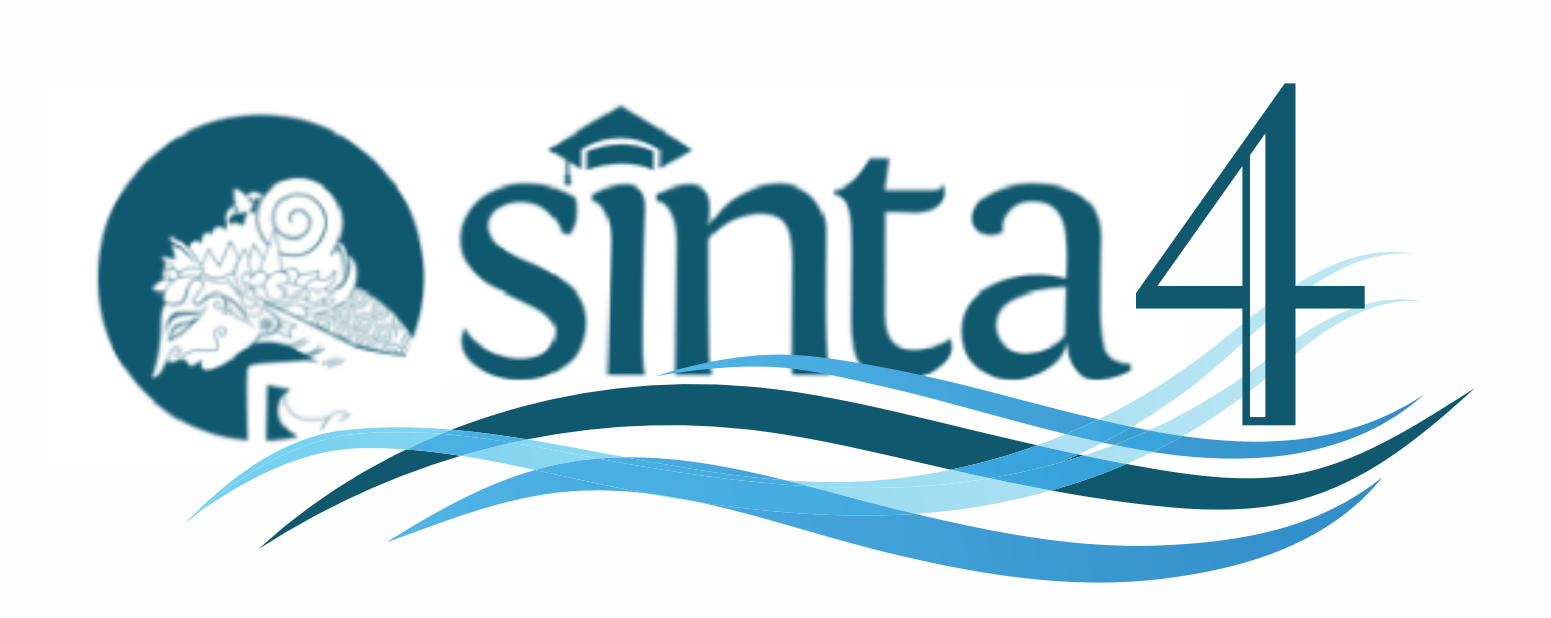JEJARING ILLEGAL FISHING DI PERBATASAN INDONESIA-FILIPINA
DOI:
https://doi.org/10.33541/japs.v1i1.504Abstract
Illegal fishing, known as IUU (illegal, unreported, unregulated) fisheries has long been happening throughout the territorial waters of the Republic of Indonesia. Talaud waters as border regions of Indonesia-Philippines also have the same problem. This study uses a network analysis approach with intensive field research for three years from 2014 to 2016, this research aims to determine the range of networks developed by actors involved in illegal fishing.
The research found that illegal fishing activities in the area occurred at three levels, namely illegal fishing in communal networks, illegal fishing in associational networks and illegal fishing in industrial networks. The pattern of illegal fishing that occurs in communal networks is done by small fishermen (peasant fisher) with the characteristics of the use of traditional fishing gear, small scale, limited area and relatively subsistence. In an associational network the pattern of illegal fishing takes place on a wider scale, carried out by a post-peasant fisher with a more modern fishing gear, and involving local apparatus and officials. Meanwhile, illegal fishing in industrial networks is conducted by corporations involving high-ranking officials of policy-making countries at the central level, as well as by industry-scale entrepreneurs and fishermen.
The strength of the illegal fishing network in the Indonesia-Philippines border region cannot be separated from the role of brokers or intermediaries that exist in every network. Brokers have an important role to connect actors involved in illegal fishing. One of the interesting findings of this research is that the role of brokers can also be carried out by state apparatus or parties related to the state apparatus.
Keywords: illegal fishing, social network, broker, border area.
Abstrak
Illegal fishing atau yang dikenal dengan praktik perikanan IUU (illegal, unreported, unregulated) sudah lama terjadi di seluruh wilayah perairan Republik Indonesia. Perairan Talaud sebagai wilayah perbatasan Indonesia-Filipina juga memiliki persoalan yang sama. Penelitian ini menggunakan pendekatan analisis jaringan dengan riset lapangan secara intensif selama tiga tahun sejak 2014 hingga 2016, riset ini bertujuan untuk mengetahui ragam jejaring yang dikembangkan oleh aktor yang terlibat dalam illegal fishing.
Riset ini menemukan, kegiatan illegal fishing yang terjadi di wilayah tersebut terjadi pada tiga level yaitu illegal fishing dalam jejaring komunal, illegal fishing dalam jejaring asosiasional dan illegal fishing dalam jejaring industrial. Pola illegal fishing yang terjadi dalam jejaring komunal dilakukan oleh nelayan kecil (peasant fisher) dengan ciri penggunaan alat tangkap tradisional, berskala kecil, area terbatas dan relatif bersifat subsisten. Dalam jejaring asosiasional pola illegal fishing terjadi dalam skala yang lebih luas, dilakukan oleh nelayan skala menengah (post-peasant fisher) dengan alat tangkap yang lebih modern, serta melibatkan aparat dan pejabat lokal. Sedangkan illegal fishing dalam jejaring industrial dilakukan oleh korporasi dengan melibatkan oknum pejabat tinggi negara pembuat kebijakan di tingkat pusat, serta dilakukan oleh pengusaha dan nelayan skala industri.
Kuatnya jejaring illegal fishing di wilayah perbatasan Indonesia-Filipina ini tidak dapat dilepaskan dari peranan broker atau perantara yang ada di dalam setiap ragam jejaring. Broker memiliki peran penting menyambungkan aktor-aktor yang terlibat dalam illegal fishing. Salah satu temuan menarik riset ini adalah peranan broker dapat juga dilakukan oleh aparat negara atau pihak yang terkait dengan aparat negara.
Kata kunci: illegal fishing, jaringan sosial, broker, wilayah perbatasan.













